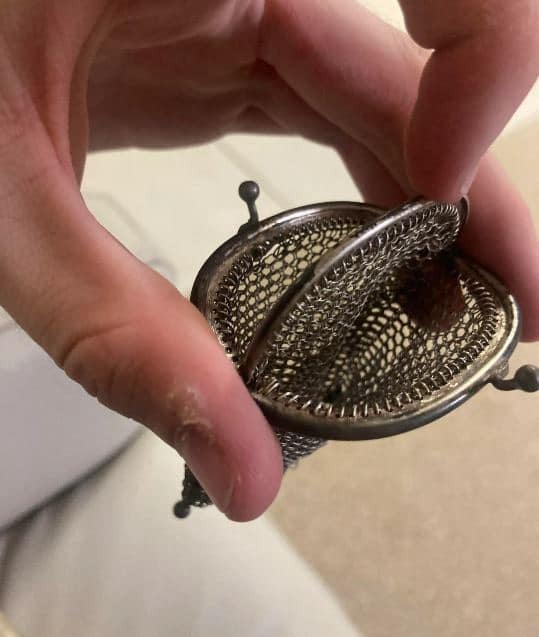ADVERTISEMENT
### Gilded Pocket Watches: Timepieces of the Elite
Another essential accessory for the upper class was the **pocket watch**, a tool that transcended its functional purpose to become a symbol of wealth and prestige. Gilded pocket watches were often passed down through generations and carried great sentimental value, especially if they were engraved with personal messages or adorned with gemstones.
The pocket watch was a particularly important accessory for Victorian men. It was not only a practical accessory but also a way to display one’s affluence. These timepieces were often crafted from gold or gilded metals and featured intricate designs, often with enamel work, hand-painted portraits, or even miniature cameos on the watch face. Owning a gilded pocket watch signified that the wearer was not just wealthy but also adhered to the strict codes of Victorian etiquette, which included punctuality and attention to detail.
### Handbags and Reticules: Miniature Symbols of Luxury
While much of Victorian fashion centered on elaborate gowns, accessories such as handbags, reticules, and gloves were also crucial to completing an outfit. Victorian women, in particular, used small handbags or reticules as both practical items and social symbols. These bags were often made from luxurious materials such as velvet, silk, and leather, and many were adorned with gilded frames, clasps, or embellishments made from precious metals.
The wealthy would own a collection of bags, each suited for a different occasion. Gilded handbags, often inlaid with precious stones or adorned with intricate metalwork, were a sign of wealth and were a way for women to display their status in society. These bags were typically carried at social gatherings, balls, and dinners, where status was paramount.
### Mourning Jewelry: Gilded Keepsakes of Memory
One of the most poignant uses of gilded accessories in the Victorian era was in mourning jewelry. When a loved one passed away, it was common for people to wear jewelry as a way to remember them, and this practice became especially popular during the Victorian period after the death of Queen Victoria’s beloved husband, Prince Albert, in 1861.
Gilded mourning jewelry, often made from black enamel, jet, or ivory, was frequently accented with gold or gilded frames. These pieces could incorporate locks of hair, engraved messages, or symbols like weeping willows, which alluded to grief and remembrance. These mourning pieces were worn as personal expressions of sorrow but also functioned as outward symbols of one’s connection to the deceased—often signaling a family’s wealth and standing.
### Conclusion: More Than Just Decoration
In the Victorian era, accessories were far from being mere decorative items—they were symbols of wealth, status, and personal identity. Gilded keepsakes, in particular, played a significant role in communicating one’s position within society. Whether through opulent pocket watches, sentimental lockets, or finely crafted brooches, these pieces were meant to signal affluence and social class.
As we look back on the ornate designs and painstaking craftsmanship of Victorian accessories, it’s clear that these gilded items were more than just beautiful adornments—they were powerful expressions of who people were, and what they hoped to convey about themselves in a society that placed great importance on outward appearances.
ADVERTISEMENT
